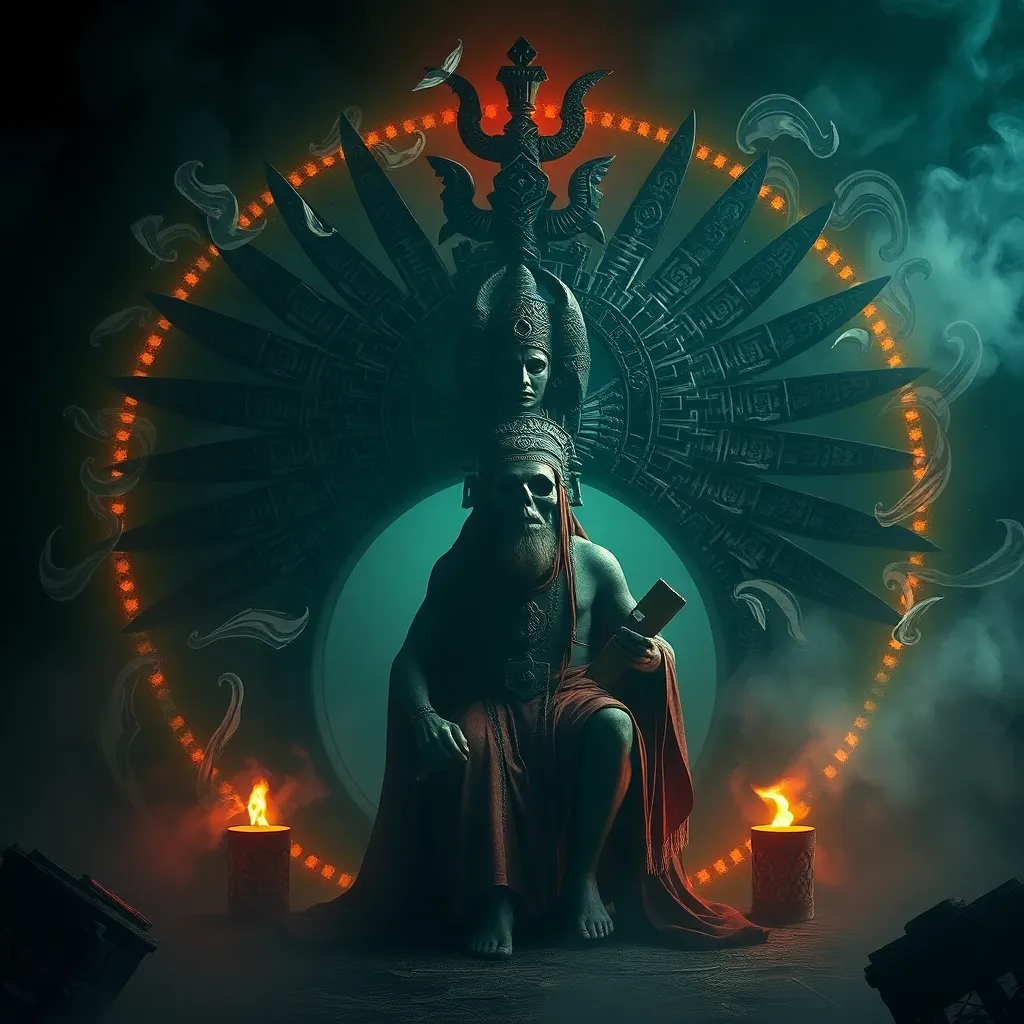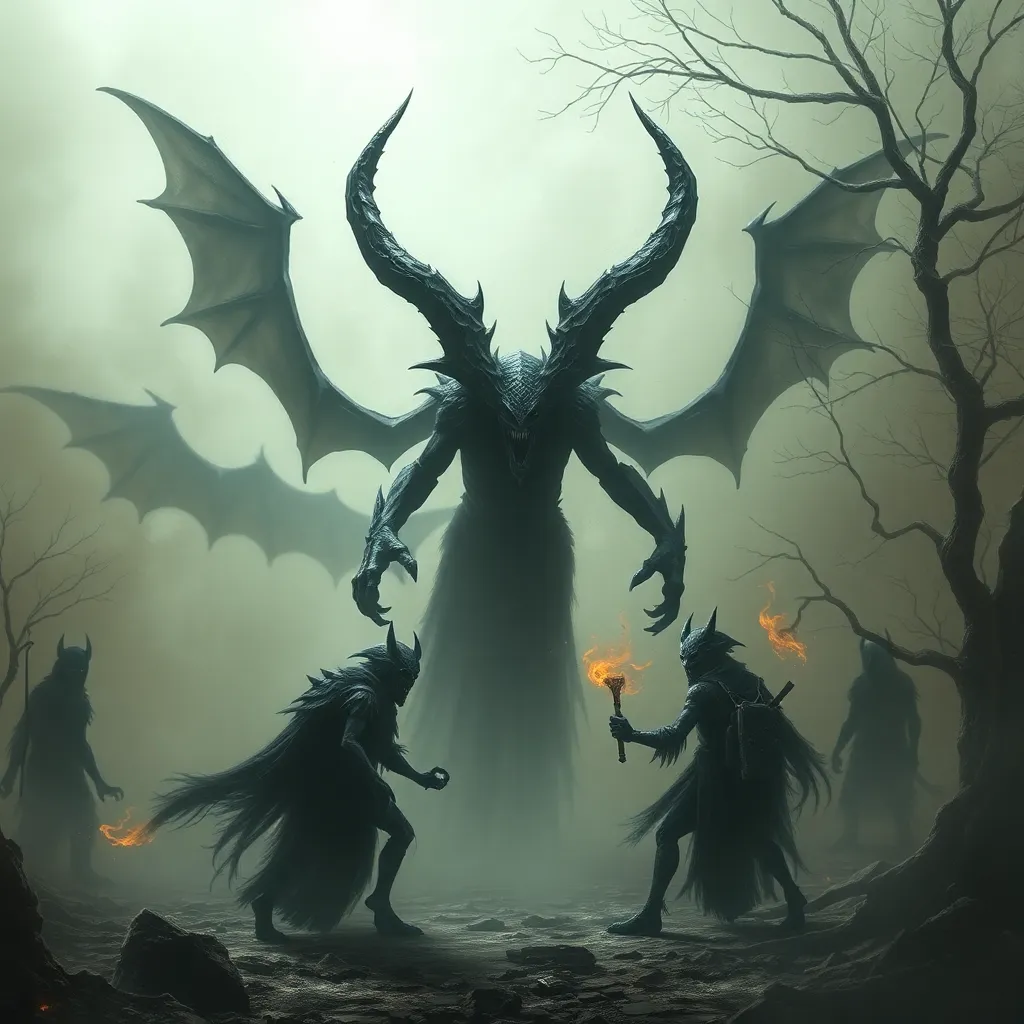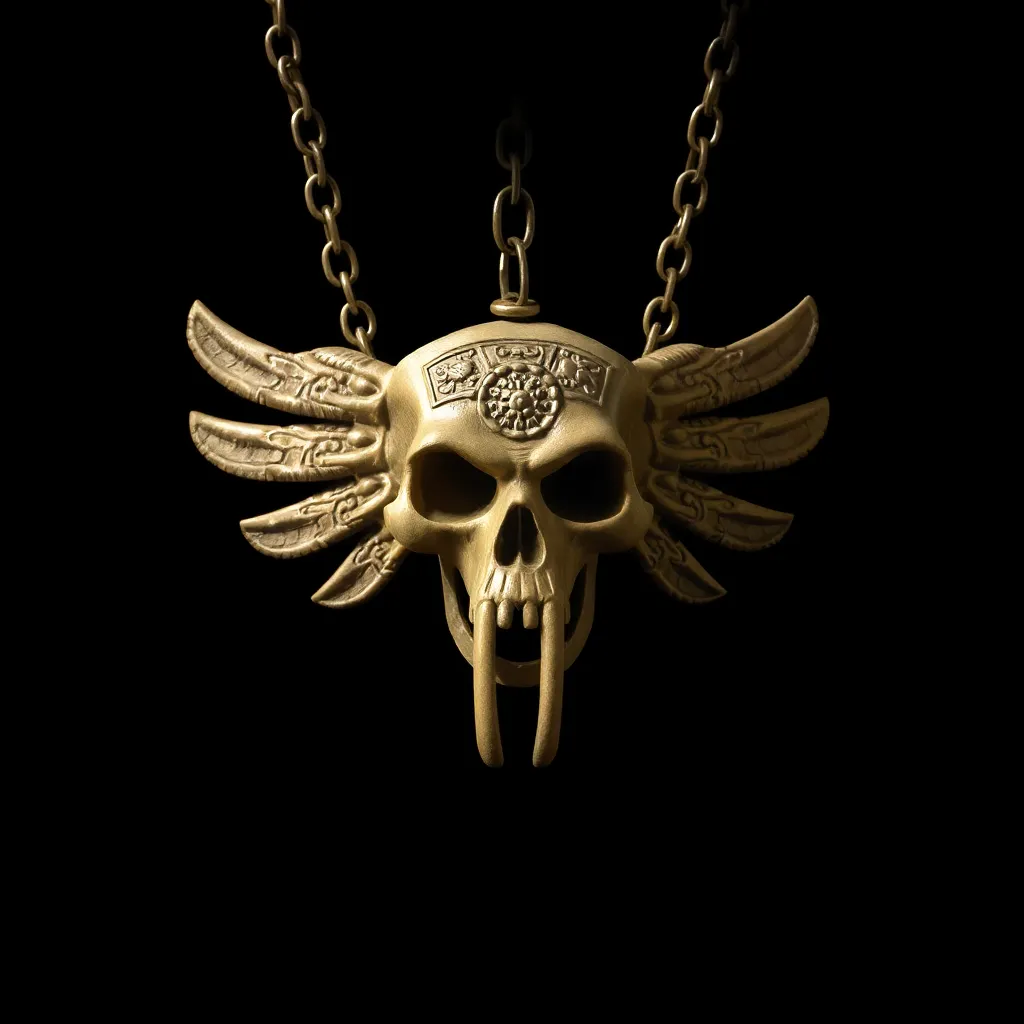The Hunters and the Hunted: A Look at the Role of Werewolves in Human-Animal Relationships
I. Introduction
The mythos of werewolves has captivated human imagination for centuries, intertwining themes of fear, transformation, and the primal instincts that lie within us. These creatures, often depicted as humans cursed to transform into wolves under the full moon, serve as powerful symbols in various cultural narratives. Their significance goes beyond mere folklore; they reflect our complex relationships with nature and the animal kingdom. This article aims to explore human-animal relationships through the lens of werewolves, examining how these mythical beings embody our fascination and fear of the wild.
II. Historical Context of Werewolf Legends
Werewolf legends date back to ancient civilizations, with roots in mythology, folklore, and superstition. The earliest references can be traced to ancient Greece and Rome, where tales of men transforming into wolves reflected societal fears of the wild and the unknown. Over time, these stories evolved through the Middle Ages, often influenced by the rise of Christianity, which portrayed werewolves as manifestations of evil.
Throughout history, the symbolism of werewolves has mirrored societal fears and desires:
- Fear of the Unknown: Werewolves often represent the threat posed by untamed nature.
- Desire for Power: The ability to transform into a powerful creature symbolizes a longing for control and dominance.
- Duality of Existence: The struggle between human civilization and animalistic instincts highlights the conflict inherent in human nature.
III. Werewolves as Symbols of the Animal Within
The werewolf serves as a metaphor for the duality of human nature—an embodiment of our civilized selves and our primal instincts. In narratives where werewolves are central figures, we witness a profound exploration of the tension between instinct and societal expectations.
Notable characters in literature and film illustrate this theme:
- Bill Compton from “True Blood”: A character who grapples with his werewolf identity while navigating human relationships.
- Jacob Black from “Twilight”: Represents the struggle between loyalty to his pack and his love for a human.
- Wolfman from classic horror: A tragic figure symbolizing the loss of control over one’s darker impulses.
IV. The Human-Animal Relationship: A Reflection of Power Dynamics
Werewolves can also be seen as metaphors for the human conquest of nature. Their existence blurs the lines between humanity and the animal kingdom, prompting a reevaluation of our relationship with the natural world. This dynamic portrays the struggle for dominance, both among humans and between humans and nature.
Furthermore, ecological concerns have begun to influence the portrayal of werewolves:
- Environmental Awareness: Modern narratives often emphasize the need for coexistence with nature rather than dominance.
- Conservation Themes: Some stories depict werewolves as protectors of the natural world, advocating for the preservation of wildlife.
V. Werewolves and the Concept of the Other
Werewolves are often depicted as marginalized figures, embodying the concept of the “Other” in society. Their transformations and struggles for acceptance mirror the experiences of those who feel alienated or different. This connection highlights themes of alienation, identity, and the challenge of societal norms.
Werewolves challenge societal expectations by:
- Questioning Identity: Their dual nature raises questions about what it means to belong to a community.
- Defying Norms: The struggle of werewolves to fit into human society reflects broader struggles against conformity.
VI. Modern Interpretations of Werewolves
Today, werewolf narratives have experienced a resurgence in contemporary media, evolving from horror tales to more empathetic portrayals. This shift has allowed for a deeper exploration of identity and transformation.
Modern interpretations often emphasize:
- Empathy: Werewolves are depicted as tragic figures with rich emotional lives, inviting audiences to empathize with their struggles.
- Identity Exploration: Many stories delve into themes of self-discovery and the acceptance of one’s true nature.
VII. The Psychological Perspective: Fear and Fascination
The allure of the werewolf archetype lies in its representation of repressed fears and desires. Psychologically, werewolves embody the struggle between our civilized selves and the primal instincts lurking beneath the surface.
Werewolves serve as a reflection of:
- Fear of Loss of Control: The transformation into a werewolf symbolizes the fear of succumbing to our baser instincts.
- Desire for Freedom: The liberation associated with becoming a werewolf resonates with the human desire to break free from societal constraints.
VIII. Conclusion
In exploring the role of werewolves in human-animal relationships, we uncover significant themes surrounding identity, power dynamics, and the duality of human nature. The ongoing relevance of werewolves in cultural narratives reflects our complexities and the ways we navigate our relationships with the natural world.
As we continue to engage with werewolf mythology, we gain insight into our fears, desires, and the very essence of what it means to be human. The future of werewolf narratives promises to enrich our understanding of these dynamics, encouraging deeper reflection on the animal within us all.




